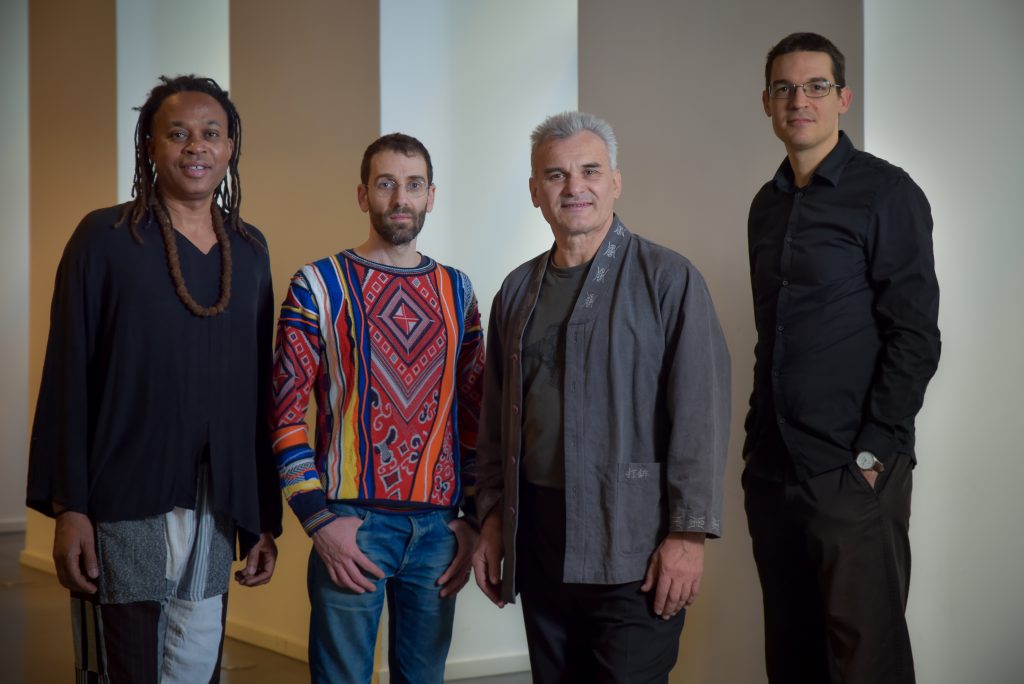
Moroccan Saïd Tichiti was the first to introduce gnawa music to Hungary and make it known in musical circles through his band Chalaban. In its birthplace, Morocco, gnawa is part of the culture of slaves and their descendants and is closely linked to healing trance rituals. This ancient sacred form of trance music was described by William Burroughs as “the oldest 4,000-year-old rock’n’roll in the world”. Gnawa is based on magical rhythmic formulas that are both unchanging and ever-changing. Although the basic rhythm is unchanging, the ever-changing accents add a new pulse to the music, which slowly but steadily accelerates and intensifies during the improvisations. Because of this unique and rich rhythmicity, gnawa has influenced many important rock and jazz musicians around the world (e.g. Rolling Stones, Led Zeppelin, Jimi Hendrix, Santana, Ornette Coleman, Pharoah Sanders, or Archie Shepp).
Saïd Tichiti has been present on the Hungarian world music scene for 20 years and has worked with well-known and highly creative musicians of jazz and Hungarian folk music, and is a regular performer at world music festivals abroad.
The rhythm section of the ensemble is very familiar with gnawa music: Saïd brought his knowledge from his homeland, while András Halmos studied the genre for years under the advice and regular guidance of American jazz drummer Hamid Drake.
The orchestra, taking advantage of the freedom of music, shapes the musical material in its own way from concert to concert, successfully creating the strong emotional impact that characterises traditional gnawa music for healing and ceremonial purposes.
Saïd Tichiti: vocals, lute, guembri
Péter Bede: saxophone, recorder
Ádám Mészáros: guitar
András Halmos: drum
